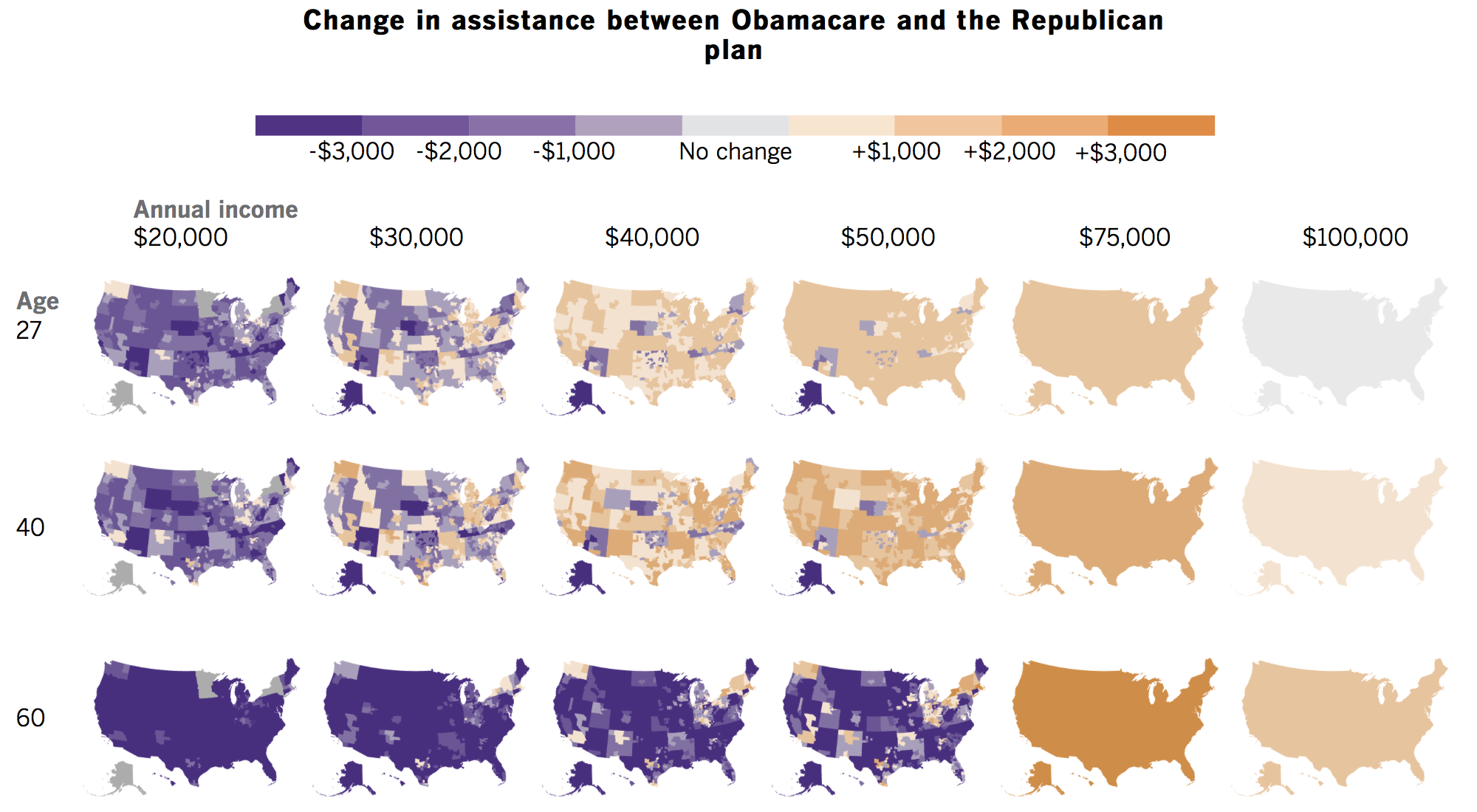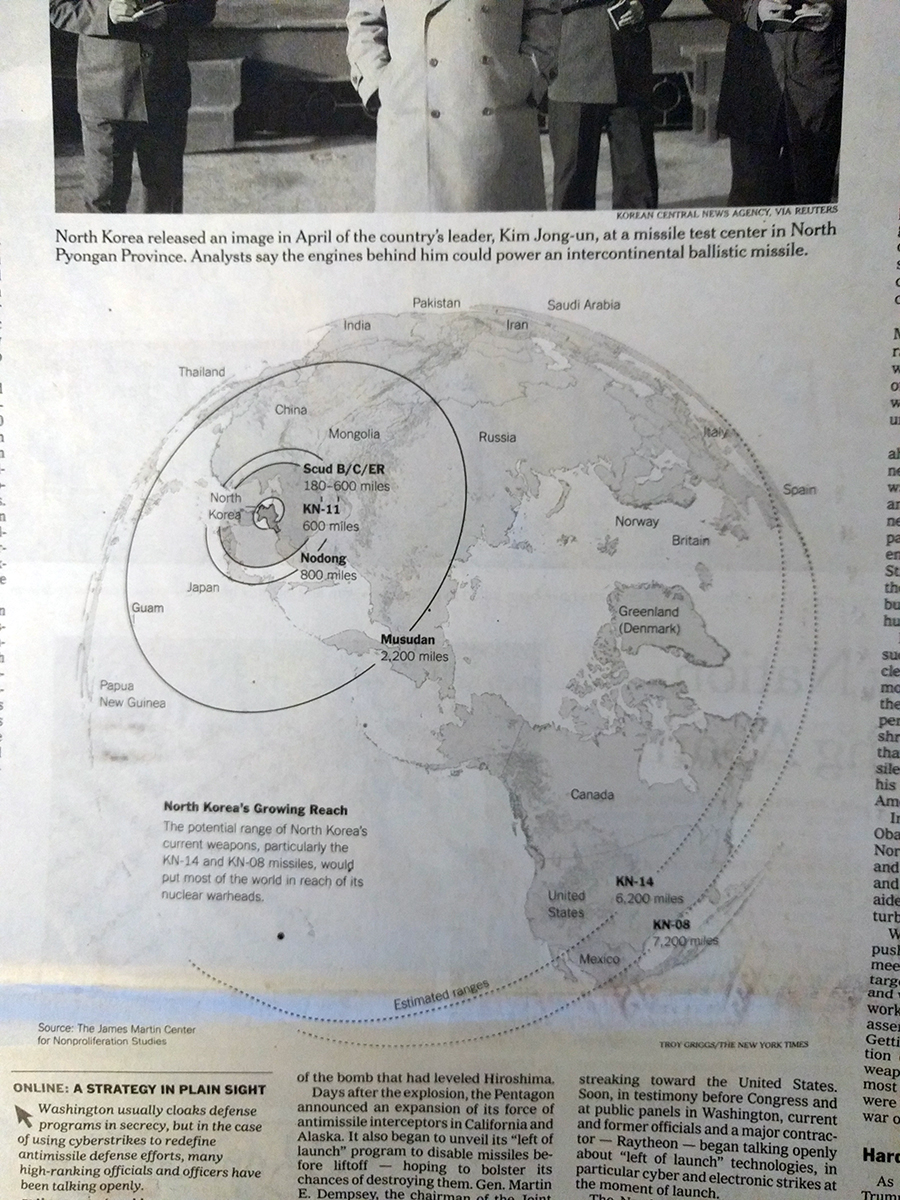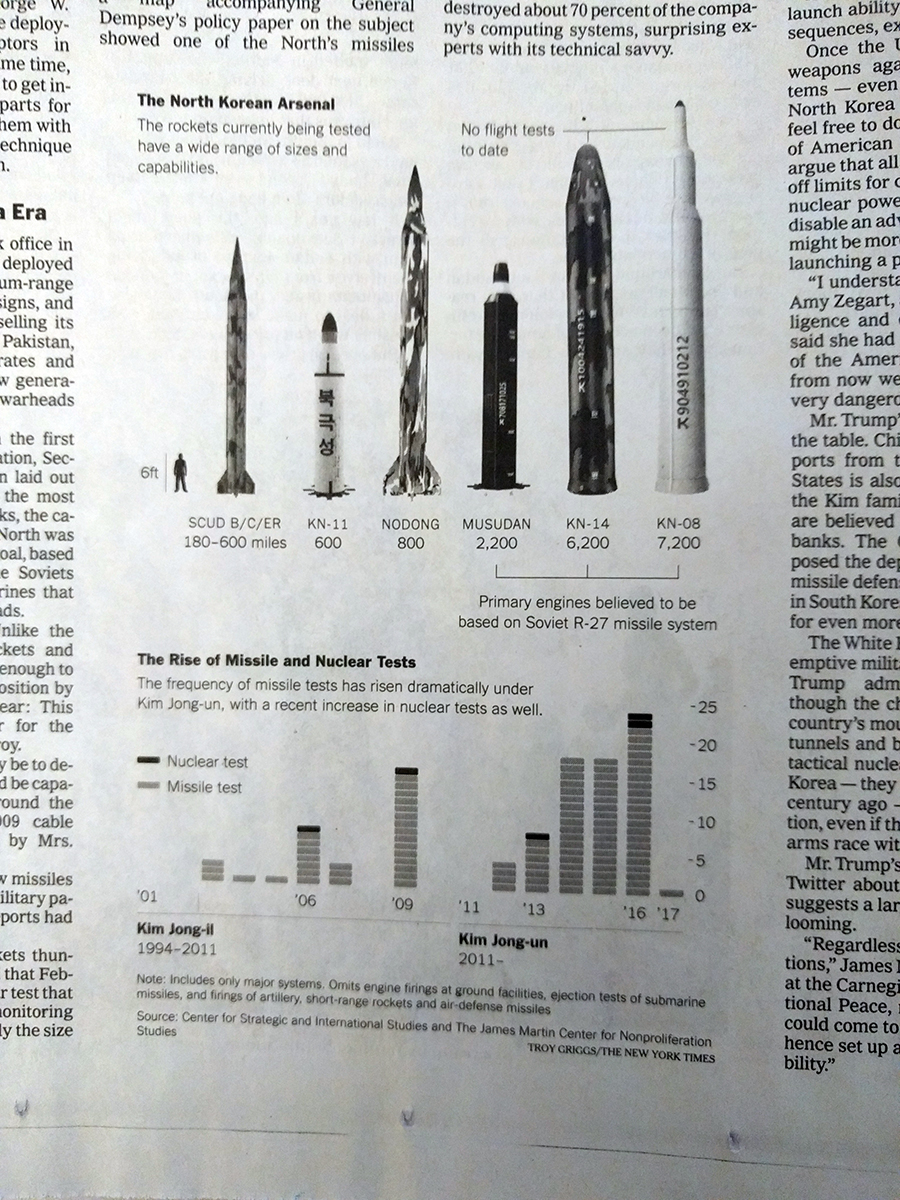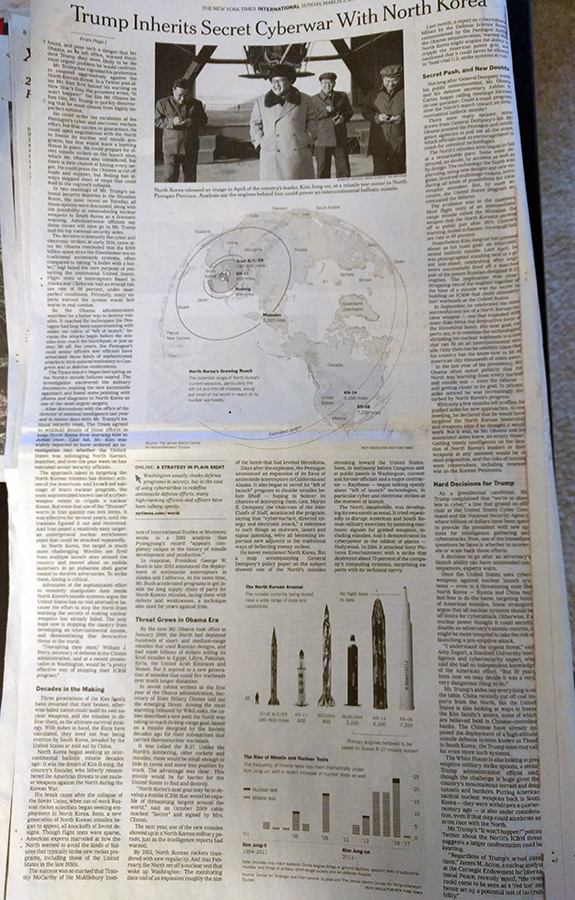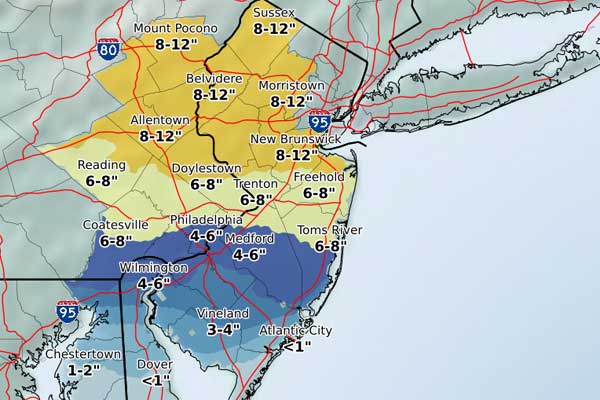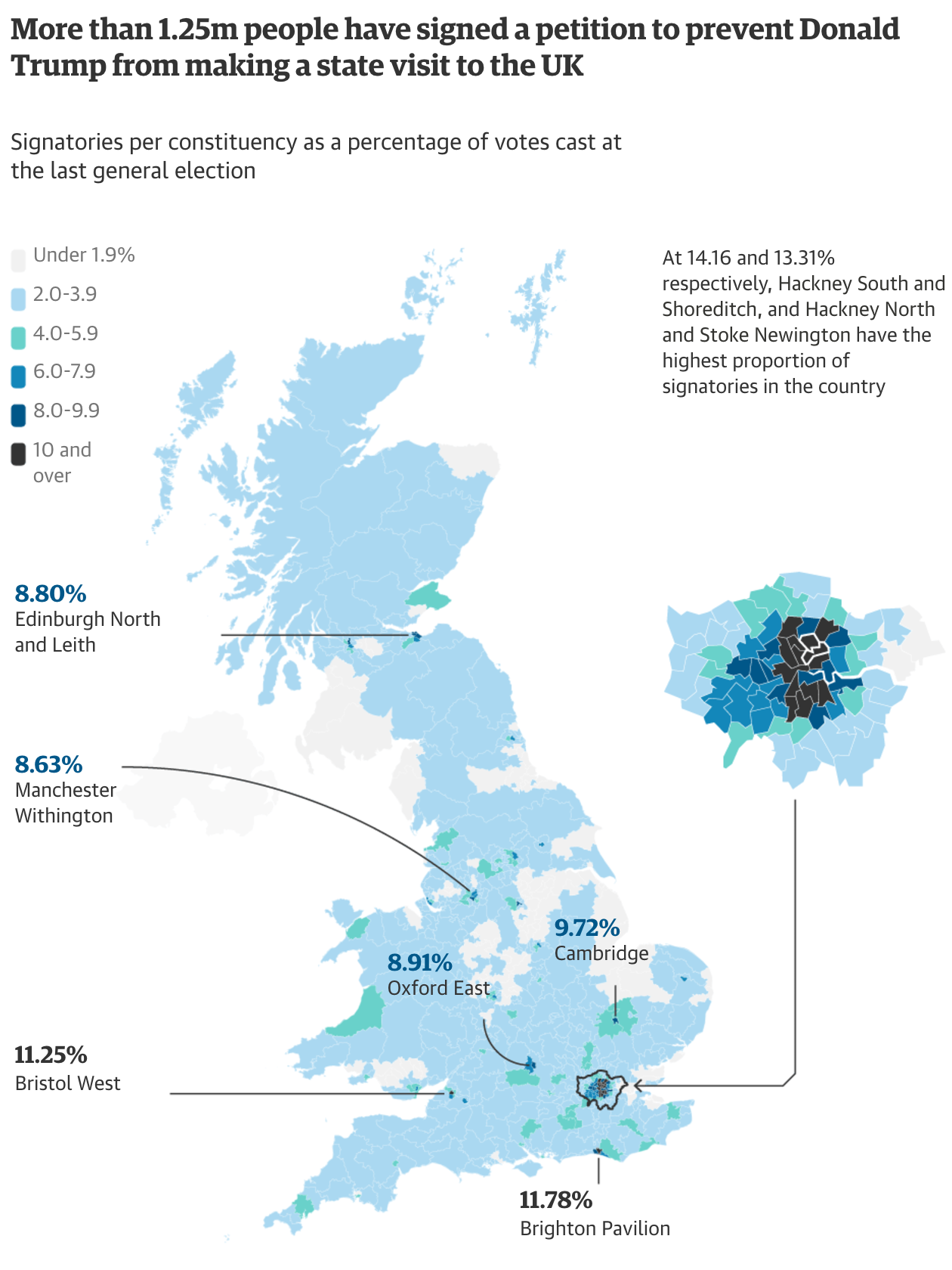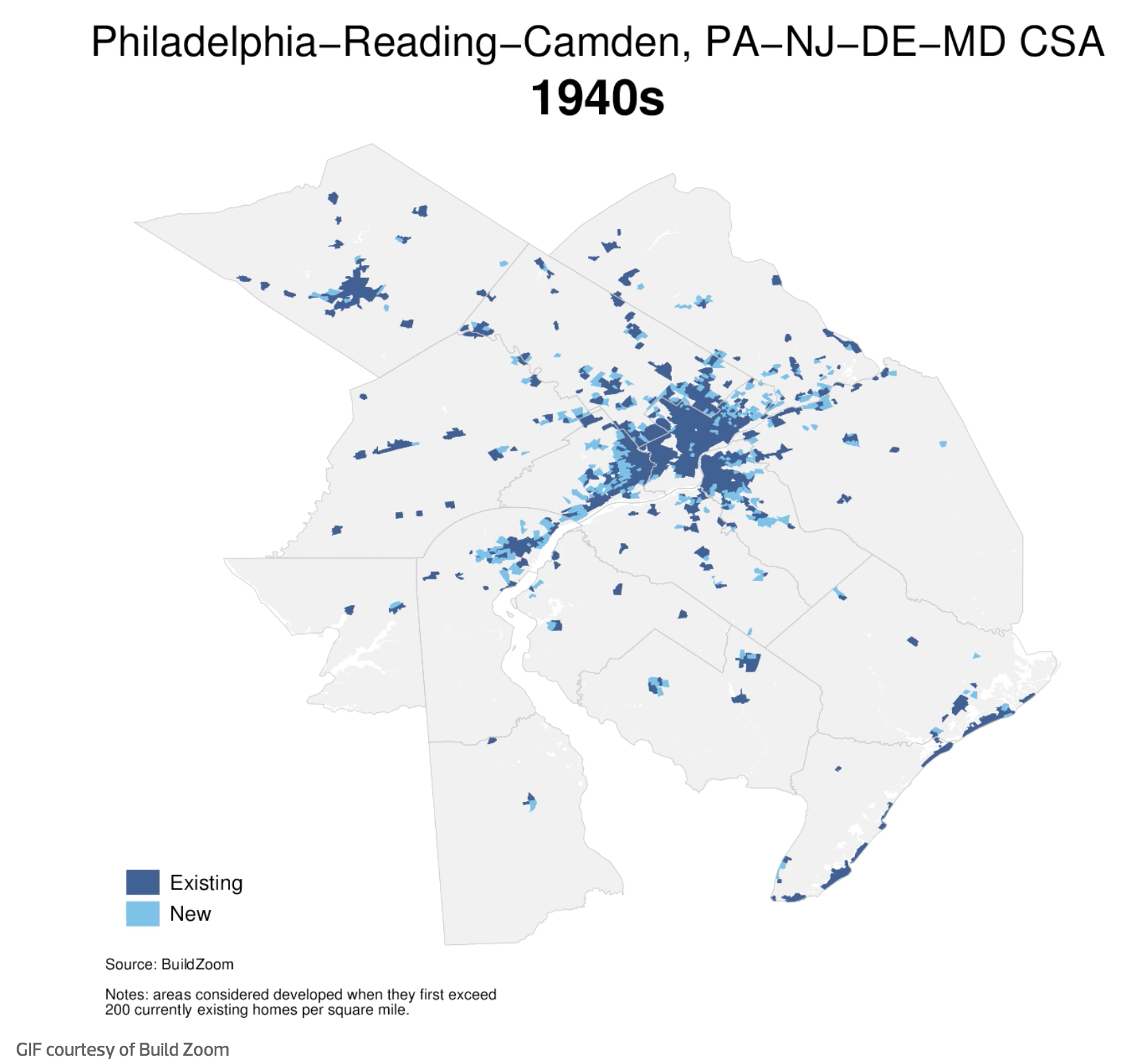I wasn’t expecting this piece to fall into the queue for today, but you all know me as a sucker for trains. So today we have this nice set of small multiples from the Guardian. It looks at…I guess we could call it train deserts. They’re like food deserts, except we’re talking about trains.
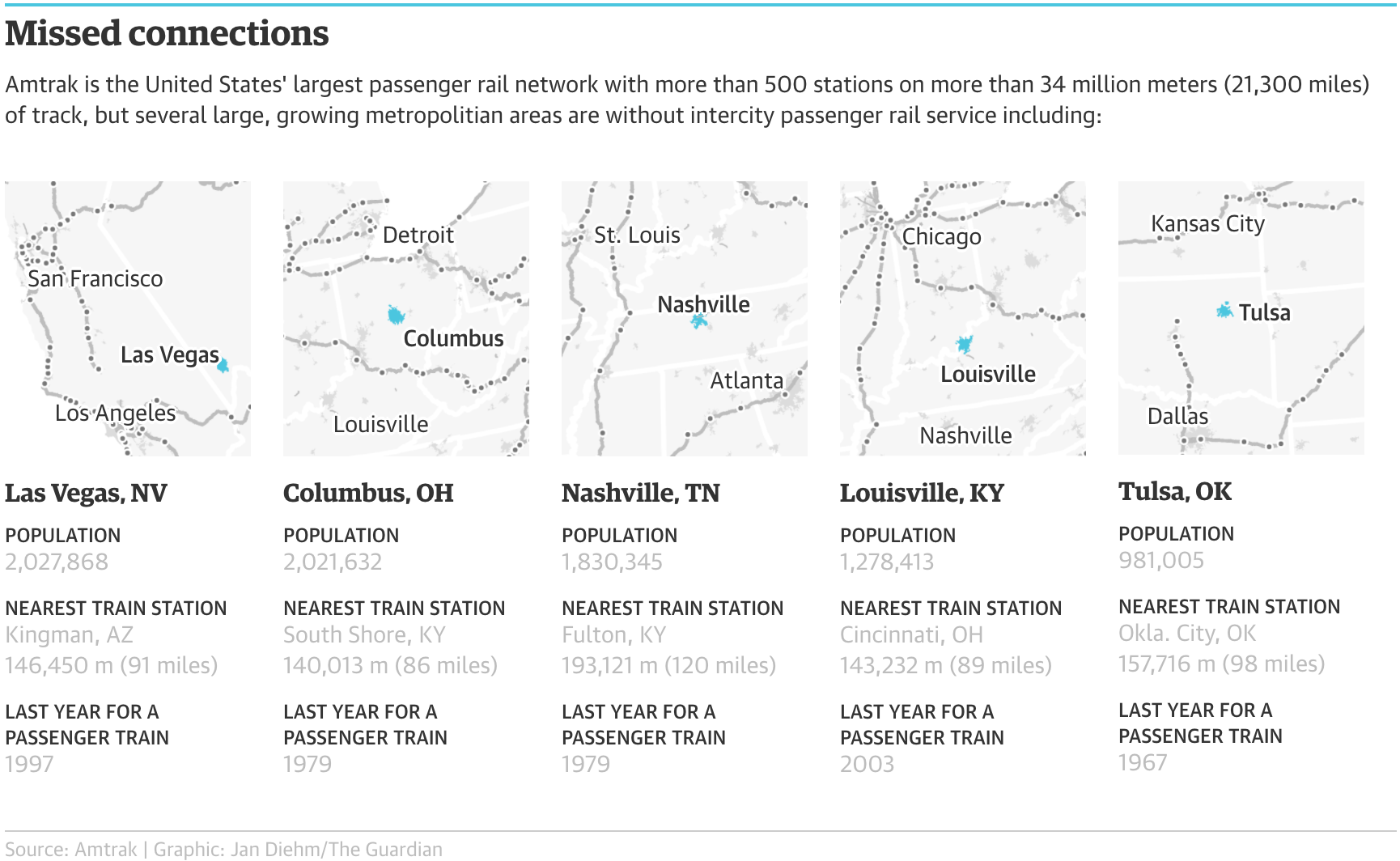
What strikes me is that in a perfect world at least three of these could be on one direct line. You can almost draw a straight line from Columbus, Ohio to Nashville, Tennessee and hit Louisville, Kentucky. Obviously things like property get in the way, but it is something to note.
Credit for the piece goes to Jan Diehm.

